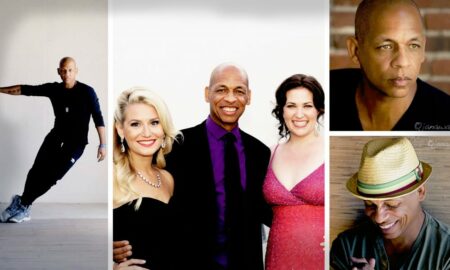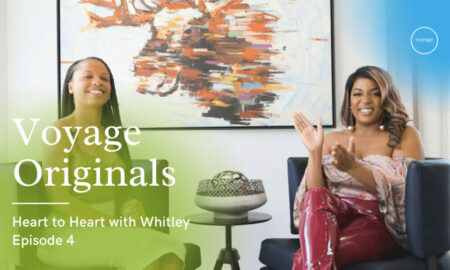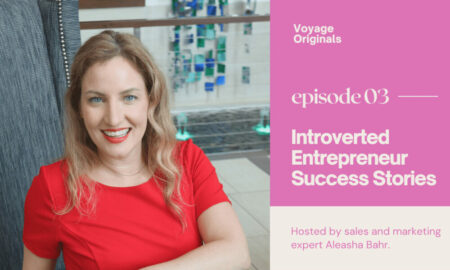

Today we’d like to introduce you to Yiya Wang.
Yiya, we appreciate you taking the time to share your story with us today. Where does your story begin?
I’ve been fascinated by drawing and storytelling since I was young. I always love observing people and imagining what was happening to them, as well as drawing random things in my notebook. Since then, I had a vague sense that when I grew up, I wanted to create something that would bring people experience. It wasn’t until I studied urban design and practiced interviewing users, researching urban environments, storytelling, and drawing to express design in my undergraduate class that I realized, oh my god, this is what I’ve always wanted to do.
After studying and working in urban design in China, I chose to come to the US to continue my studies at Carnegie Mellon University. The program does not emphasize global narratives but rather focuses on community and public engagement, which is something I have always been interested in but did not have the opportunity or environment to do. Then, in order to understand how people live around the world and the unique working method of designers from different places, I spent another year working in Amsterdam, learning about urban design at different scales and the design process in Europe.
Now, I’m back in the U.S., working in urban design with what I’ve learned along the way – a focus on daily life, an understanding of the scale of streets and public spaces, and a passion for design.
I’m sure it wasn’t obstacle-free, but would you say the journey has been fairly smooth so far?
As an urban designer, it is always important to understand the local city and culture. I have almost always been an “outsider” in my urban design practice – being shocked by the richness and detail of residents’ opinions and their concern for their neighborhoods during my first community meeting in Pittsburgh, nearly getting hit by a passing bicycle on my first day in the Netherland, being questioned by passing by about my research in New York City, and so on. These moments always require me to give more time to understand the context of the project I have to work on. At the same time, being an outsider has helped me to be more attuned to the details that are so commonplace. My different experiences around the globe have also become part of me, giving me more freedom to create in the ways I have learned.
Appreciate you sharing that. What else should we know about what you do?
I am an urban designer, or rather, someone who cares about cities and wants to shape urban spaces in whatever way is feasible. In my career as an urban designer, I have worked on a variety of urban projects all over the world, such as industrial campus in Germany, multi-city master plans in Mexico, and garden islands in South Korea, as well as college campuses, urban street regeneration, and ADA development within the United States. Additionally, one of the projects I worked on, the UC Berkeley Accessible Paths and Places Master Plan, had just won this year’s SCUP Excellence Awards, Jury’s Choice.
However, from the beginning of my study of urban design, I have often felt that many urban issues cannot be solved through traditional urban design methods.
While in college, I joined Studio Archipelago, an architecture and urbanism publishing brand in China. We do public education by importing and translating books from overseas, discovering and reporting on local designers, and researching and publishing books on Chinese design works, lectures, readings, and exhibitions.
This exploration of alternative approaches to urban design has not stopped.
Last year, illustrator Xiran Luo, food researcher Xiaoya Yuan, and I co-curated the exhibition “Fridge Street” in New York City. With primary and secondary data gathered from volunteering, field trips, questionnaires, interviews, and literature, “Fridge Street” archives the network of community fridges across New York City. Through visual representations, individual narratives, and interactive displays, the exhibit showcases the resilience and resourcefulness of communities, providing visitors with an understanding of mutual aid within this grassroots movement. Unlike traditional art exhibitions, most of the visitors to the Fridge exhibition were New Yorkers of diverse backgrounds, participants and users of fridges in various neighborhoods, and people interested in the food topic. We saw how almost every visitor tried their best to read every piece of material in the exhibition and were often excited to tell us about their relevant experiences or interest in participating in community fridge. We witnessed the wider audience that could be reached through everyday topics, detailed yet accessible research, and illustrations that could inspire the public’s desire to participate in the transformation of small-scale everyday public spaces, demonstrating the power of bottom-up research and activism.
I also run an urban design podcast in Mandarin, Urban Can. In an effort to reach a wider audience and stimulate interest in urban space, the podcast talks about any everyday space and design topic you can think of – public restrooms, food markets, parking lots, cemeteries, bugs in the city, and even urban design as seen in SpongeBob SquarePants. We were counted as the second most popular design podcast in Chinese by data-based list [xyzrank.com] (http://xyzrank.com). But what’s even more rewarding is to see the comments from listeners about their observations of urban spaces. A middle school student once told us that she appreciated us for getting her interested in urban design, and that she wanted to work in a field that makes people’s lives better in the future.
Have you learned any interesting or important lessons due to the Covid-19 Crisis?
Crisis unites people. The epidemic was dangerous and brutal, yet in the midst of that crisis, people showed unprecedented resilience and care for each other.
Community fridges first emerged in New York City amidst the Covid-19 Pandemic. During a time of uncertainty when basic human needs were jeopardized, they began popping up in the urban space as a form of solidarity, a direct callout to the top-down charity mode that failed to address those same needs. Since then, community fridges have evolved from a food hub into a space for diverse community members to come together, fostering social connections while promoting sustainable practices.
Similar things happened around the world during the epidemic. People spontaneously formed community organizations to distribute supplies and food to help their neighbors. Or they creatively rediscovered and reused public spaces around them, such as balconies, rooftops, etc., to appreciate urban spaces and the people around them more.
Now that the epidemic has faded and our cities seem to be returning to their daily routines, it seems that the mutual love and care across borders that we demonstrated during the epidemic will gradually give way to the functions of systems and institutions. As an urban designer, I hope to use spatial design and public education to call on everyone to cherish the good qualities that were highlighted during the epidemic so that everyone can participate in shaping the space around them in their own capacity and their own way.
Contact Info:
- Website: https://yiyaw.cargo.site/
- Instagram: https://www.instagram.com/fridgestreetproject/?igsh=MW85bGNpOGhsbTFtdQ%3D%3D
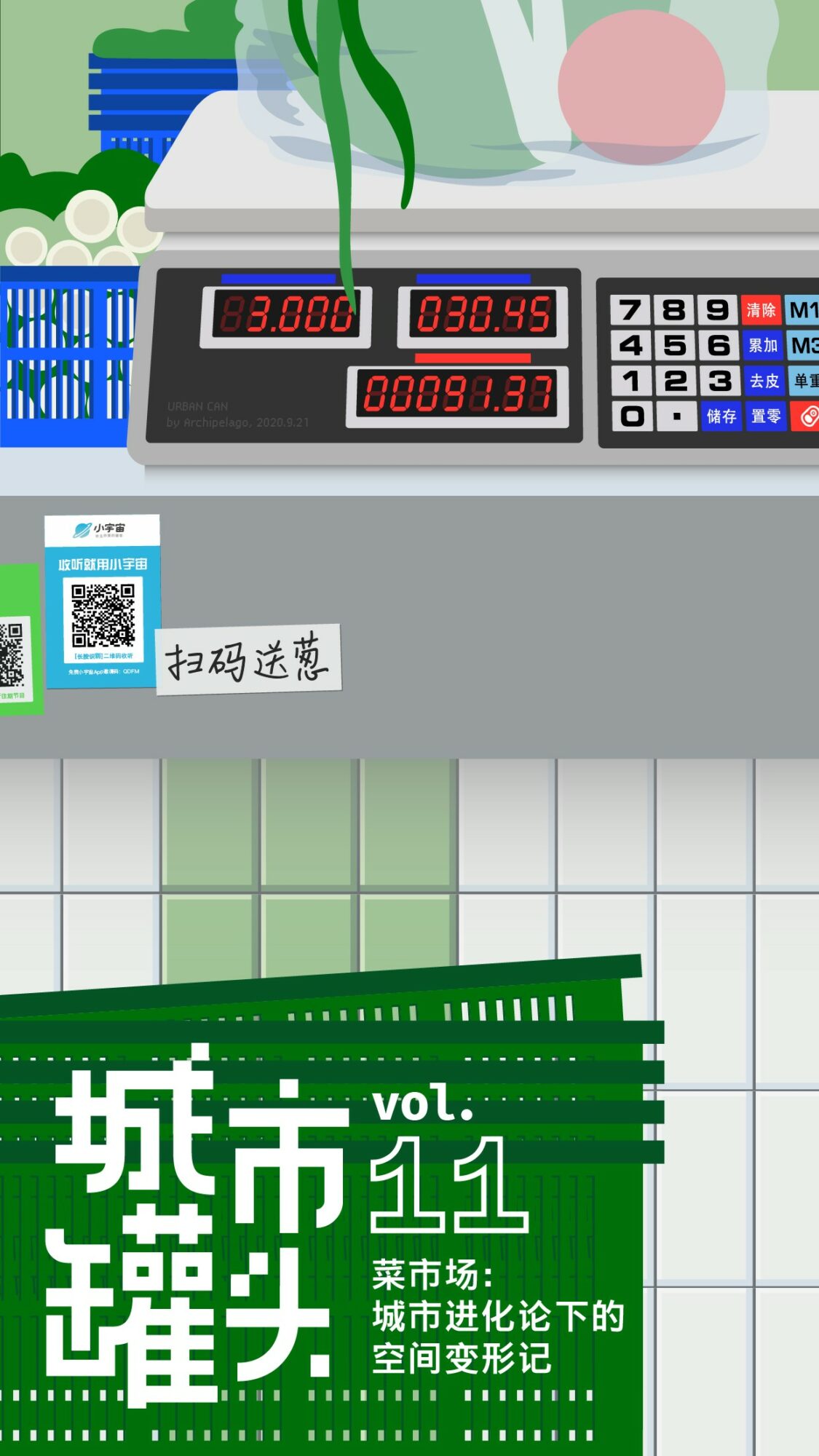
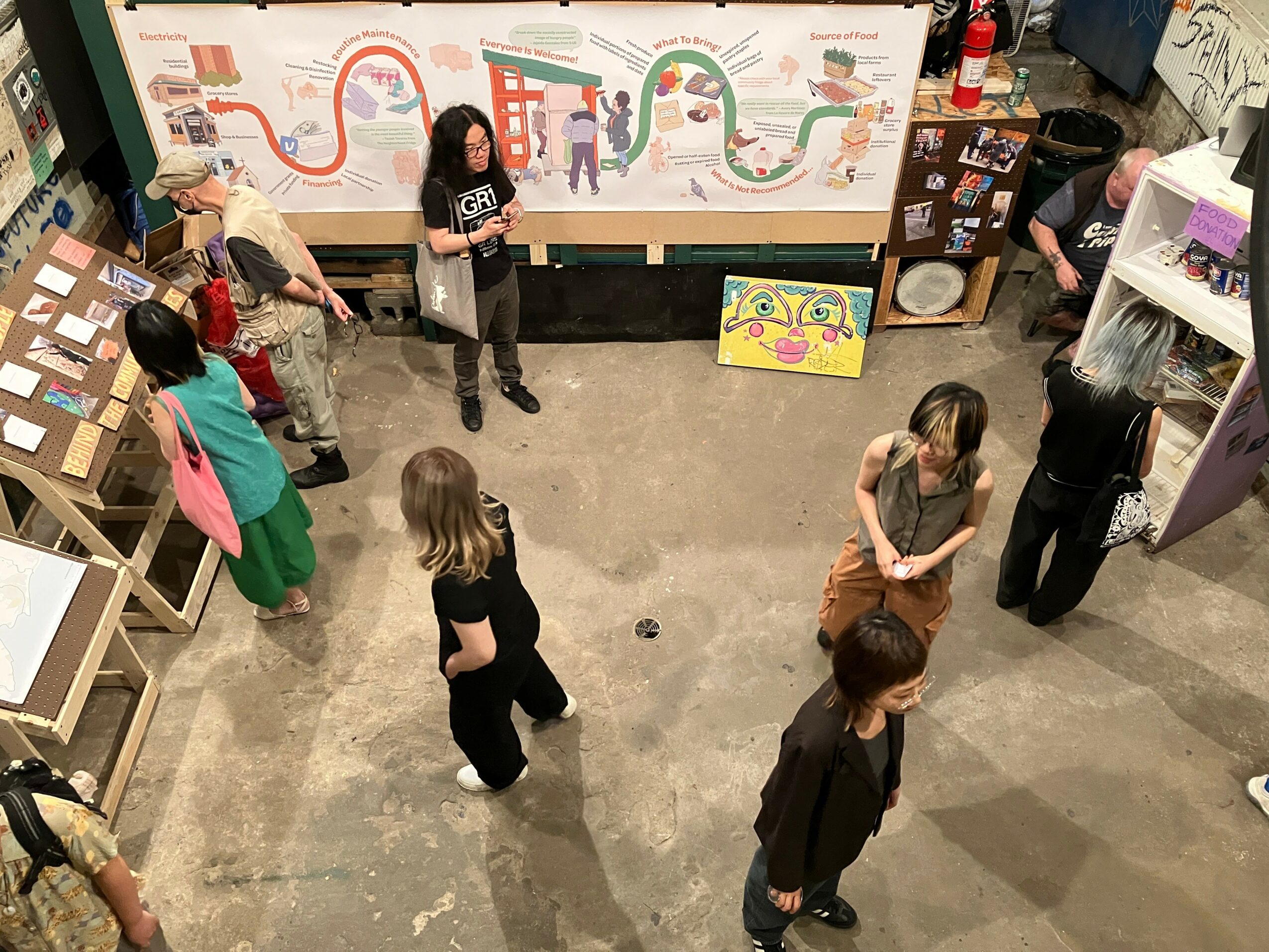
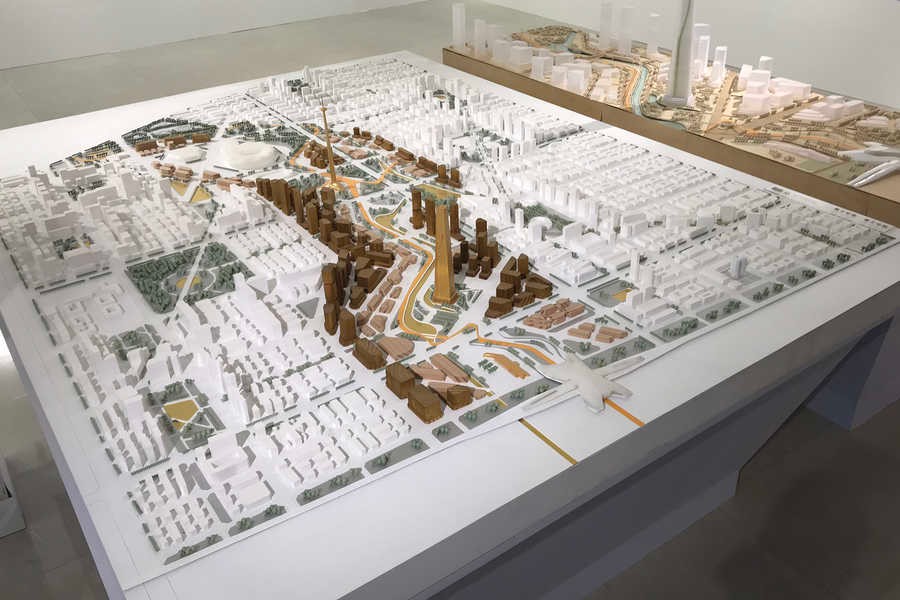
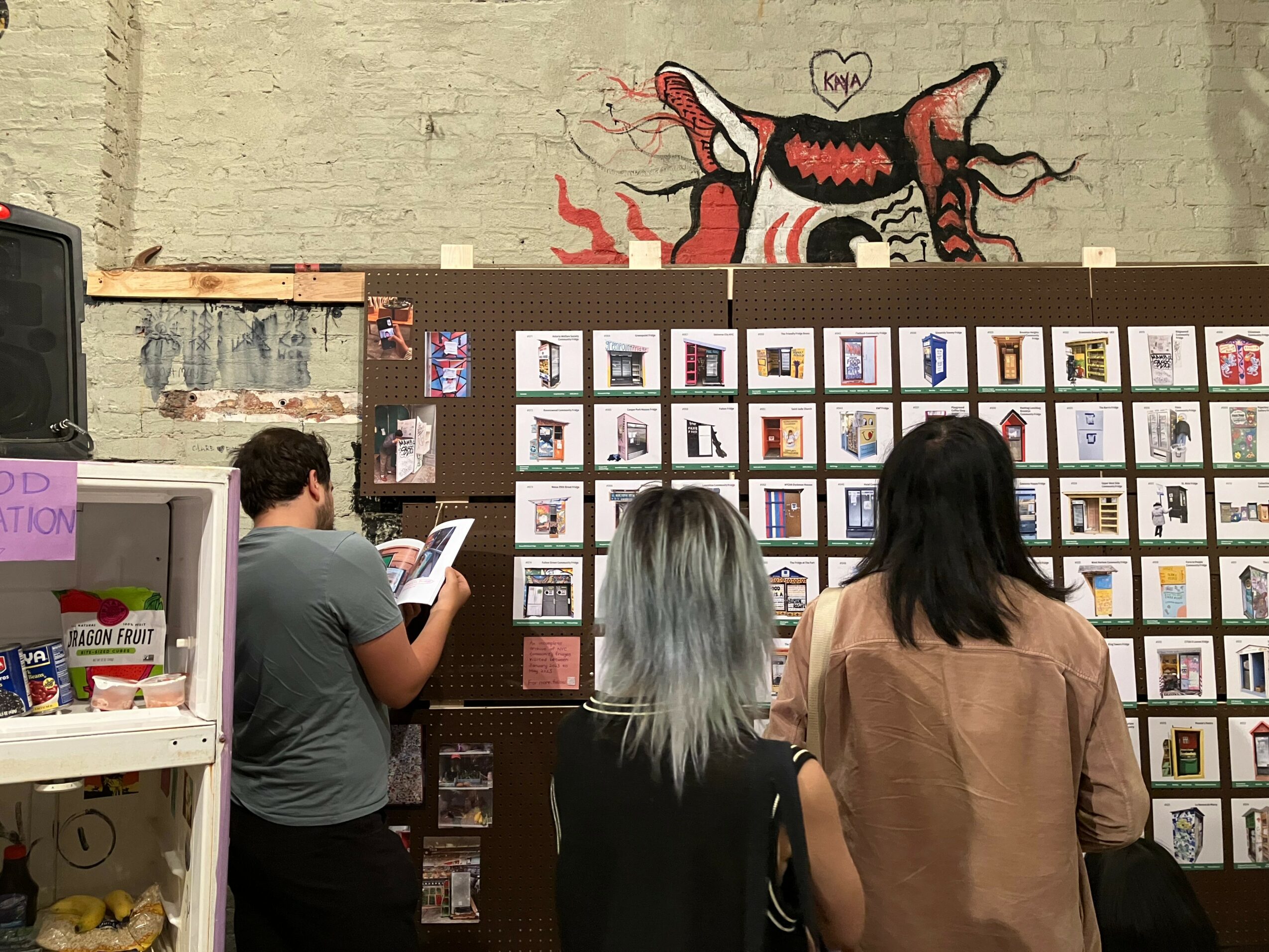
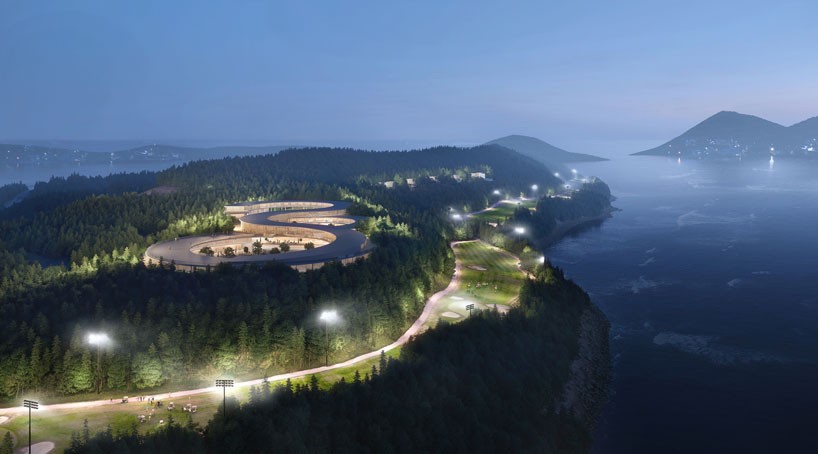
Image Credits
UNStudio
HUDESIGN



